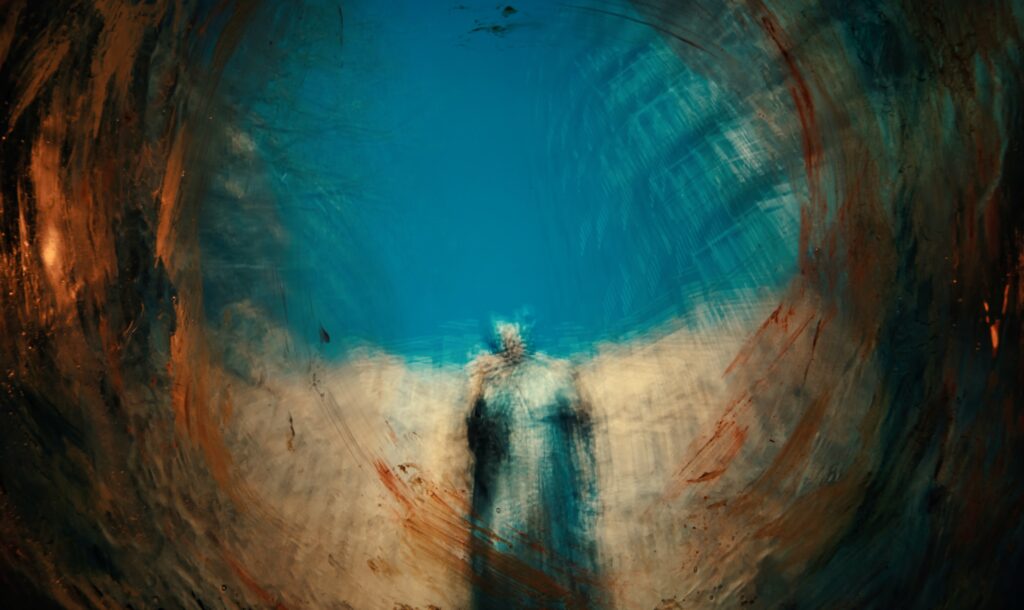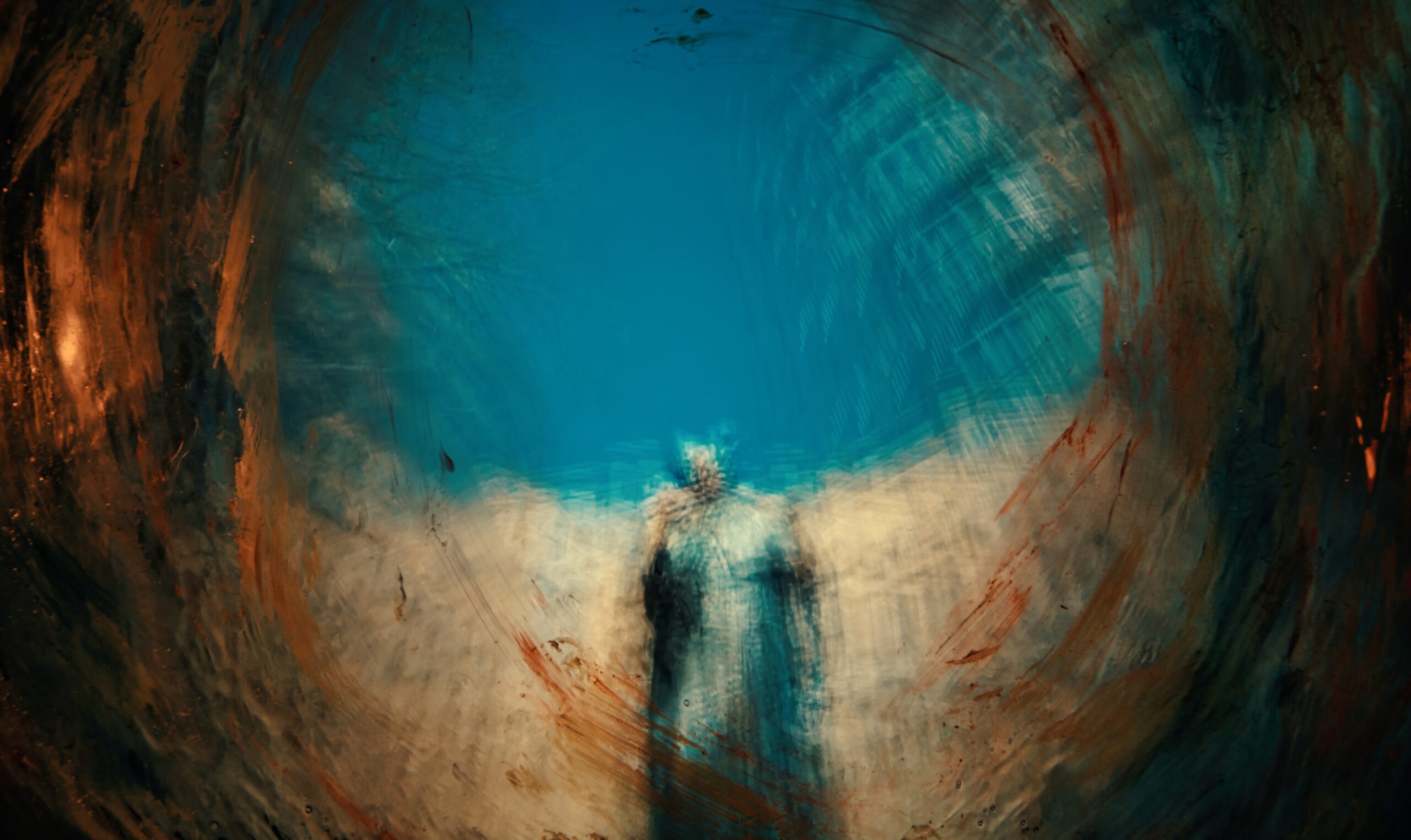In her latest installation, “Scratching the Back: Drift (Pink Ribbon),” Nairy Baghramian, the Iranian-born German artist, has created a visually striking and unsettling masterpiece for the Metropolitan Museum of Art’s Facade Commission. Known for her ability to push the boundaries of sculpture, Baghramian has taken on the challenge of creating art for one of the most prominent and challenging spots in the New York art world. With its vibrant colors and dynamic forms, “Scratching the Back” is sure to captivate and challenge viewers, offering a commentary on the power and folly of institutions like the Met.
Nairy Baghramian: Rubble Rouser Outside the Met

Introduction
Nairy Baghramian, the Iranian-born German artist, has recently completed the fourth Facade Commission at the Metropolitan Museum of Art. Titled “Scratching the Back: Drift (Pink Ribbon),” Baghramian’s sculpture is the most monumental and ominous work yet in the series. The Facade Commission at the Met is an annual opportunity for artists to create sculptures for one of the most visible and challenging spots in the New York art world. The sculptures are displayed in the four domed niches embedded in the neo-Classical facade of the Met’s main entrance on Fifth Avenue. Baghramian’s work boldly chips away at the gray stones of the museum, bringing a colorful and unsettling presence to the building.
About the Facade Commission at the Met
The Facade Commission at the Met is an annual initiative that invites artists to create sculptures for the niches on the museum’s facade. The commission provides an opportunity for artists to engage with the architectural and cultural significance of the Met’s main entrance on Fifth Avenue. The selected artists have the challenge of creating works that comment on the museum as a treasure house, reflecting its power, prestige, and human vanity. Previous artists who have participated in the Facade Commission include Wangechi Mutu, Carol Bove, and Hew Locke.

Nairy Baghramian’s Background and Approach
Nairy Baghramian is an Iranian-born artist who came to Berlin as a refugee at the age of 14. She is considered one of the best sculptors of her generation and has received numerous awards for her work. Baghramian’s sculptures often fuse the organic and the geometric, incorporating elements of architecture, design, and the human body. Her sculptures are known for their restraint, wit, and emotional depth. Baghramian’s wide latitude as an artist allows her to experiment with materials and techniques, pushing the boundaries of sculpture and exploring its possibilities.
The Departure from Previous Works
Baghramian’s sculptures for the Met’s facade depart from the quiet and absorptive nature of her previous works. They are bold, brash, and noisy, with forms that seem to be in motion. The sculptures feature bright colors, some of the most vibrant ever seen on the Met’s facade. This departure may mark a transition in Baghramian’s practice, allowing her to explore new creative paths and challenge herself as an artist.

Description of Baghramian’s Sculptures on the Met’s Facade
Baghramian’s sculptures on the Met’s facade consist of two or more large irregular forms cast in aluminum from chunks of Styrofoam. These forms are textured and shaped in different ways before being powder-coated in bright colors such as red, blue, lavender, and green. Some of the sculptures resemble rocks, while others evoke the image of eroding ruins. Whiplash cords or ribbons of orange, pink, or yellow move through or are suspended above the sculptures. The rocklike elements rest on or lean against white gridded aluminum, creating an intriguing interplay between solidity and fragility.
The Symbolism and Impact of the Sculptures
Baghramian’s sculptures on the Met’s facade carry deep symbolism and make a lasting impact on viewers. The juxtaposition of bold colors against the gray stones of the museum creates a striking visual contrast. The sculptures challenge the notion of permanence, suggesting that even institutions as venerable as the Met are subject to change and decay. The sculptures also evoke feelings of unease and dread, reflecting the turbulent and chaotic times in which we live.
The Meaning behind the General Title: ‘Scratching the Back’
The general title of Baghramian’s installation on the Met’s facade is “Scratching the Back.” This title hints at the artist’s intention to create a dialogue between her sculptures and the architectural elements of the museum. It suggests a reciprocal relationship, in which the sculptures interact with and respond to the facade, while also leaving their mark on it. The title also invites viewers to consider the symbiotic nature of art and architecture, and the ways in which they can influence and inform each other.
Description of Individual Sculptures
Starting from left to right, Baghramian’s sculptures on the Met’s facade become increasingly complex and dynamic. The first sculpture consists of two wedges of light and dark blue, delicately leaning on separate pallets at different levels. The absence of a ribbon in this piece creates a sense of calm and simplicity. The next sculpture features two tall vertical pieces in pale green and lavender, leaning on either side of a white grid. An orange ribbon darts freely between the two vertical elements, creating a tension and sense of separation. The third sculpture is especially full, with a large boulder of deep sky blue leaning to the right, dominating a thin slab of green. A wedge of bright red stands behind, acting as a striking and ominous presence. The final sculpture features a yellow ribbon undulating across three stone-like chunks, extending beyond the edge of the niche and waiting for the next surge.
The Intimations of Chaos
Baghramian’s sculptures on the Met’s facade subtly convey a sense of unease and chaos. The forms of the sculptures, propped or pitted against each other, evoke a feeling of instability and precariousness. This intimation of chaos reflects the tumultuous and uncertain times in which we live. Through her sculptures, Baghramian captures the anxieties and fears that pervade society, challenging viewers to confront their own sense of instability and search for meaning in a chaotic world.
The Connection between Instability and the Met’s Permanence
One of the underlying themes in Baghramian’s sculptures on the Met’s facade is the tension between instability and the seemingly permanent nature of the institution. While the Met is an enduring symbol of culture and art, Baghramian’s sculptures suggest that even the most venerable institutions are subject to change and decay. The sculptures serve as a reminder that nothing is permanent, and that even the most solid foundations can crumble. This connection between instability and the Met’s permanence highlights the fragile and ephemeral nature of human endeavors, inviting viewers to contemplate the impermanence of all things.

